Of the Pectoralis major muscle is the pectoralis major. It participates in the motor control of the arm (internal rotation, adduction, anteversion) and as an auxiliary muscle in breathing. In Poland syndrome, a rare dysplasia, the pectoralis major muscle may be completely absent or underdeveloped.
What is the pectoralis major muscle?
The pectoralis major muscle is the large pectoral muscle. It belongs to the skeletal muscles and participates in the movement of the arm and breathing. The skeletal muscles tense their fibers upon voluntary exertion of their owner (contraction) or relax them again (relaxation).
The motor center of the brain is primarily responsible for control and coordination; it conducts its signals via efferent nerve pathways to the muscle, where the motor end plate converts the electrical signal into a biochemical one to which the muscle filaments react accordingly. Conversely, the brain also receives information from the muscle, for example about the degree of tension or stretching. This transmission takes place via the afferent nerve tracts. In a healthy person, the large pectoral muscle is strong and can be seen under the skin.
Anatomy & structure
The large pectoral muscle lies under the pectoral fascia, which is part of the trunk fascia and delimits the muscle at the top. Below the pectoralis major muscle is the pectoralis minor muscle, i. H. the small pectoral muscle, which disappears completely under its large counterpart and is also involved in certain arm movements and breathing.
The pectoralis major muscle attaches to the bones of the upper arm and originates from the sternum, collarbone and cartilage of the six uppermost ribs. The connection between the arm and chest area can be seen particularly well in the armpit, where the large pectoral muscle forms an arch. Its structure is made up of three areas, the names of which indicate their location in the pectoralis major muscle: the clavicular part (pars clavicularis) forms the uppermost section, followed by the sternum-rib part (pars sternocostalis) and the abdominal part (pars abdominalis).
Like all muscles of the skeletal muscles, the pectoralis major is of the striated type. The striated muscles owe their name to the fact that they show a clear, linear structure in cross-section under the microscope, which distinguishes them from smooth muscles.
Function & tasks
The pectoralis major muscle has two main functional areas: it is an auxiliary breathing muscle and is responsible for certain arm movements. To do this, when a person turns their arm inward, they contract the pectoralis major so that it pulls the limb inward. Medicine also calls this process internal rotation. Anteversion, on the other hand, is a forward movement with which the pectoralis major muscle turns the arm at the shoulder joint. A third type of tension can also shorten the muscle so that the arm is pulled towards the body (adduction).
The large pectoral muscle is also one of the auxiliary breathing muscles. Doctors assign it to the inspiratory auxiliary breathing muscles, since it can primarily participate in breathing in when the person in question supports their arms. In contrast to the actual respiratory muscles, the auxiliary respiratory muscles cannot independently control the inflow and outflow of air into the lungs, but only play a supporting role. This classification is controversial, however, as a clear distinction is hardly possible and apart from the intercostal muscles and the diaphragm, all other muscles that are involved in breathing are considered auxiliary muscles.
You can find your medication here
➔ Medicines for painDiseases
In Poland syndrome, the pectoralis major muscle is completely absent on one side or parts of the muscle are not developed. The sternum, ribs and abdomen are particularly often affected. Poland syndrome is a congenital malformation, the causes of which medicine has not yet been able to fully explain.
Dysplasia also affects the mammary gland and the external appearance of the breast. The side of the body on which Poland syndrome manifests itself has a smaller nipple with a particularly dark atrium and less fatty tissue than the healthy breast, while the other breast may have too much fatty tissue. This additional mass does not only depend on the body weight and the total fat percentage, but is also shifted asymmetrically in Poland syndrome. The thorax and ribs may show deviations in shape, and the pectoralis minor muscle may also be missing.
Other malformations can also appear: Fingers may be missing or fused together; the arm may be less strong or less developed. In rare cases, lower extremity dysplasia occurs. The internal organs can affect the kidneys and / or the heart, but the latter is rare. The majority of those affected are male and make up 0.01–0.001% of the population. Treatment of Poland Syndrome is not always necessary; treatment is often limited to surgical adjustment of the breasts.
Much more often than Poland syndrome, adhesions of the large pectoral muscle with the large back muscle (Musculus latissimus dorsi) or the deltoid muscle (Musculus deltoideus) occur.

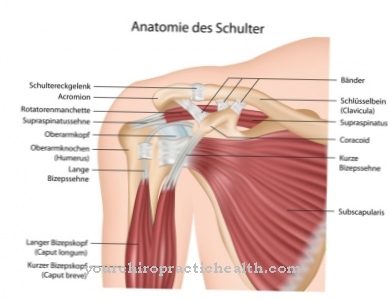

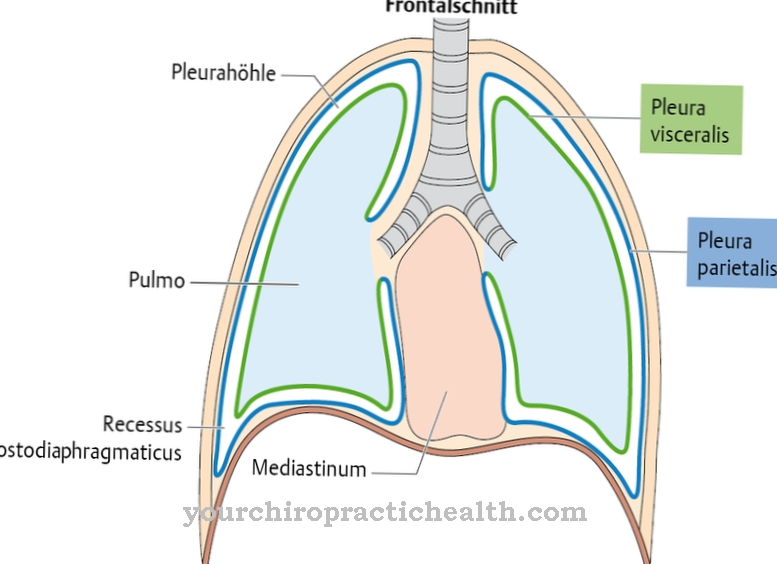
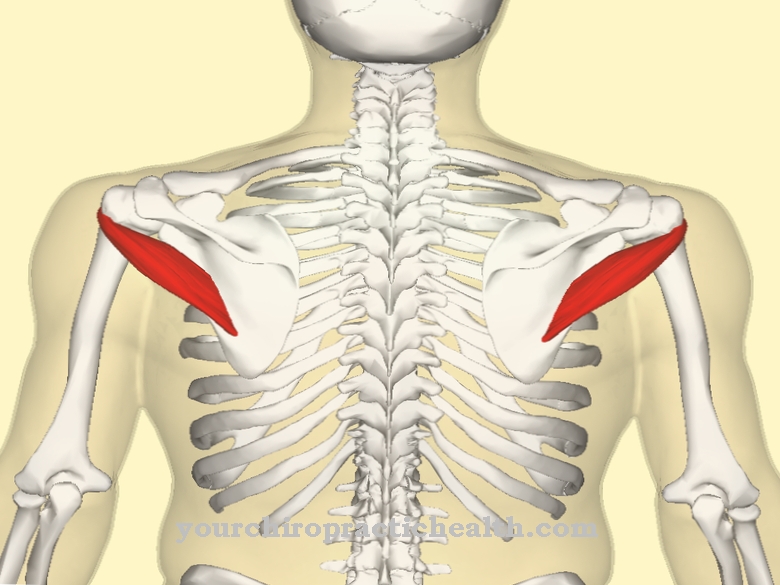
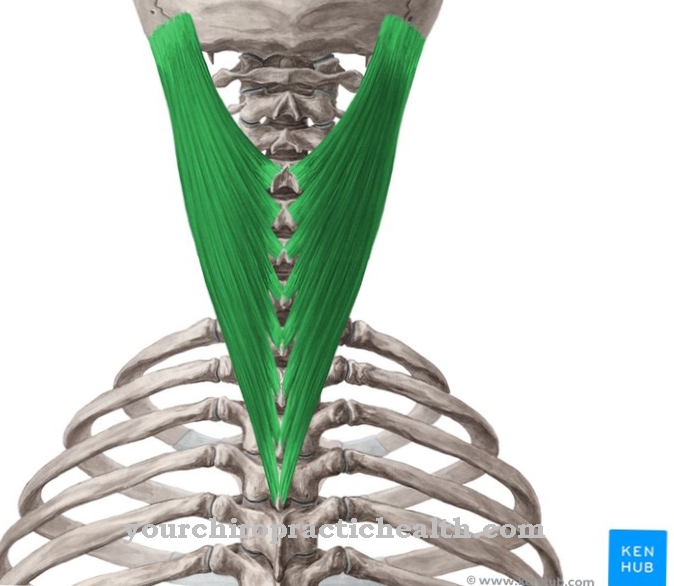
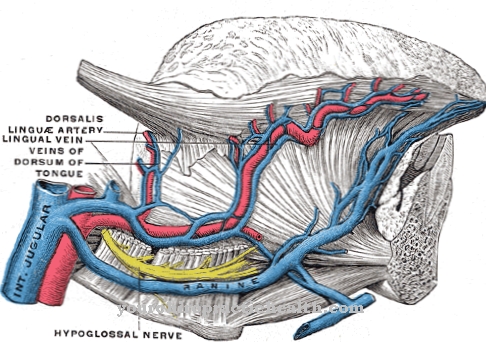






.jpg)

.jpg)
.jpg)











.jpg)